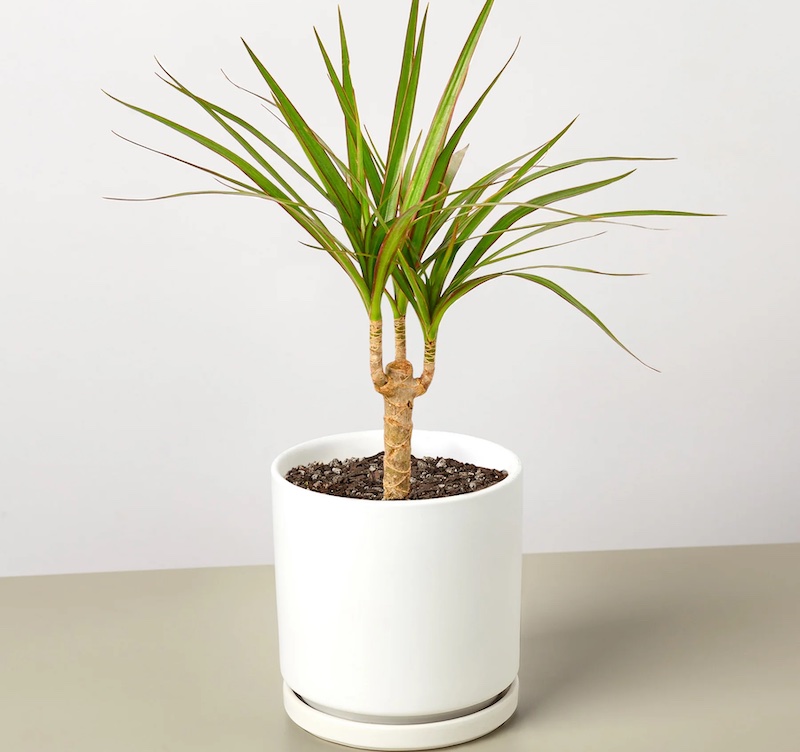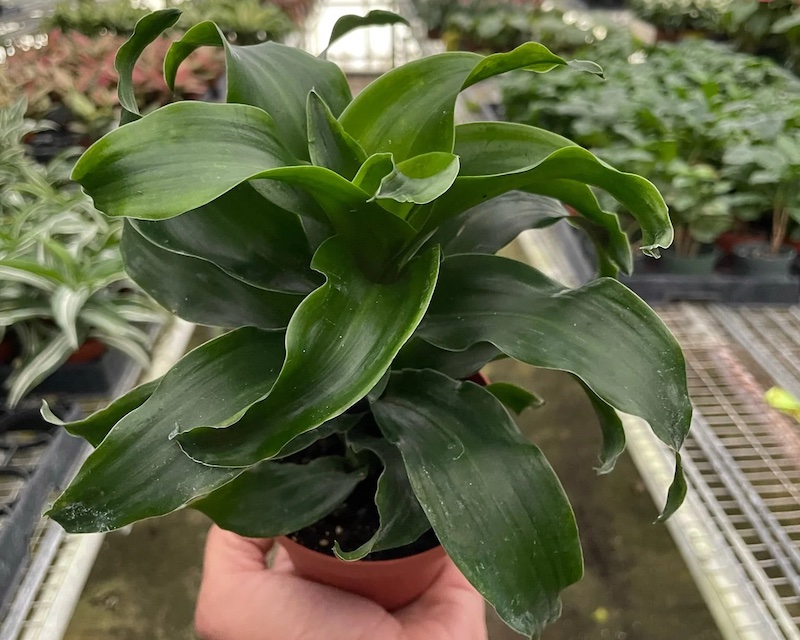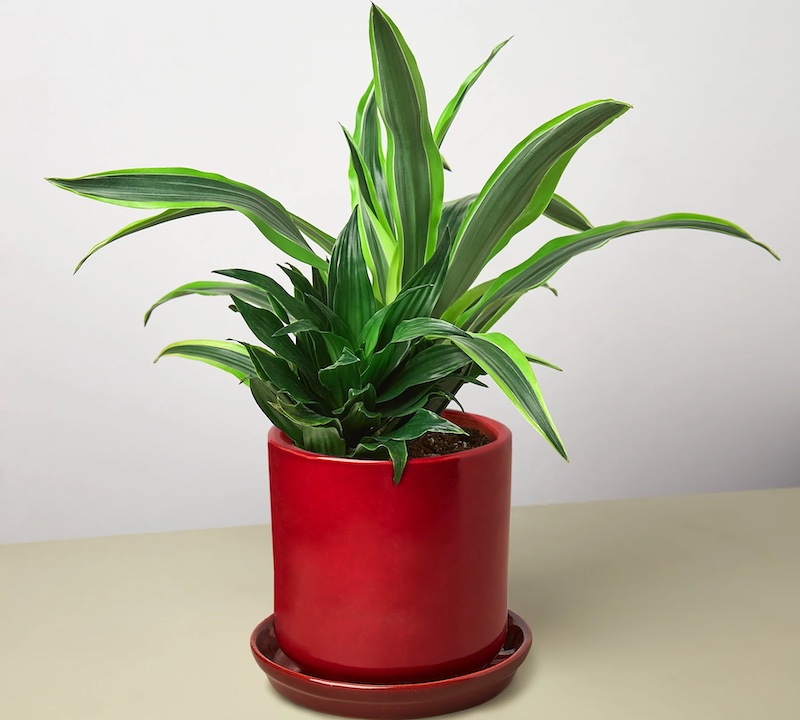There are several reasons to repot Dracaena. One is because its roots have outgrown its container. You may spot roots growing out of the pot's drainage holes or breaking the soil's surface. Second, you may want to help a struggling Dracaena by refreshing its soil. The plant may have used all the substrate's nutrients, or you want to try a new soil mixture containing different elements. Finally, you may need to transplant Dracaena from a broken container or would like to exchange a bland pot for a more decorative one. Regardless of the reason, repotting is an easy process that anyone can do.

Potting Dracaena
Okay, your new Dracaena, still in its nursery container, sits in front of you. What do you do? First, fill a new pot with loamy, acidic, well-draining soil. To improve soil drainage, amend a typical houseplant potting mix with perlite. Second, to eliminate pests such as mealy bugs, spider mites, and thrips, clean Dracaena with Neem oil or insecticidal soap. Next, plant Dracaena in the container and isolate it for two weeks; quarantining will help prevent the spread of pests from Dracaena to your other houseplants. After the two-week period ends, introduce Dracaena to its new verdant friends and enjoy.

Repotting Dracaena
It's easy to remember when to repot Dracaena: whenever the pot or soil becomes insufficient to support its health. The container may no longer have enough room to support root growth, the drainage holes may be too small or too few to facilitate adequate drainage, or it may have cracks. Sometimes the soil needs to be refreshed because Dracaena has used up all of the soil's nutrients, or the substrate is not the right combination of elements. If curb appeal is the issue, you may want to upgrade Dracaena to that new decorative pot you bought last week.
Suppose, though, the problem is insufficient pot size. Perhaps Dracaena has become rootbound, as evident from roots growing through the drainage holes or the soil surface. In that case, remove Dracaena from the pot. With a garden knife, cleaned with alcohol, trim about 25% of its roots' length, making downward cuts. Next, remove the unhealthy darkish roots while leaving the healthy white ones. Finally, using your fingertips, gingerly loosen the remaining roots and transplant Dracaena into a new pot filled with loamy, well-draining, acidic soil. Water well. If repotting for another reason and root binding is of no concern, transplant Dracaena into a new container one to two inches larger filled with loamy, well-draining, acidic soil and water well.

Best Soil For Dracaena
Drought-tolerant and humidity-tolerant Dracaena requires soil that adequately retains moisture. Susceptible to root rot, this evergreen thrives in loamy, acidic soil that drains well. Amend average houseplant potting soil with perlite, peat moss, or grit. Peat moss lowers soil pH and helps to aerate the soil.
Dracaena Drainage
Proper drainage is critical to avert fungal diseases such as root rot and support the removal of salts from Dracaena’s soil. Make sure to use a pot containing one or more drainage holes. If your only option is that gorgeous cerulean no-hole ceramic planter from your Aunt Hilda, no problem. Plant Dracaena in a smaller pot with holes and place it into Aunt Hilda’s pot. This strategy will also prevent unsightly stains on your deck or patio.
 |
Author Suellen Barnes - Published 4-04-2023 |
